
This logo isn't an ad or affiliate link. It's an organization that shares in our mission, and empowered the authors to share their insights in Byte form.
Rumie vets Bytes for compliance with our
Standards.
The organization is responsible for the completeness and reliability of the content.
Learn more
about how Rumie works with partners.
Are you an aspiring data analyst?
Are you switching careers or trying to advance your career through data analysis? If that's the case, this Byte is here to help you navigate the world of data analysis.
Nowadays, being able to work with data and knowing how to extract meaningful insights is like having a superpower!

You'll learn about 5 game-changing data analysis techniques, which will take your skills beyond where they currently are — from uncovering hidden patterns to predicting future trends — providing all the tools necessary for conquering dataworld success.
But first, let's start with the basics!
What Is Data Analysis and Why Does It Matter
What Is Data Analysis?
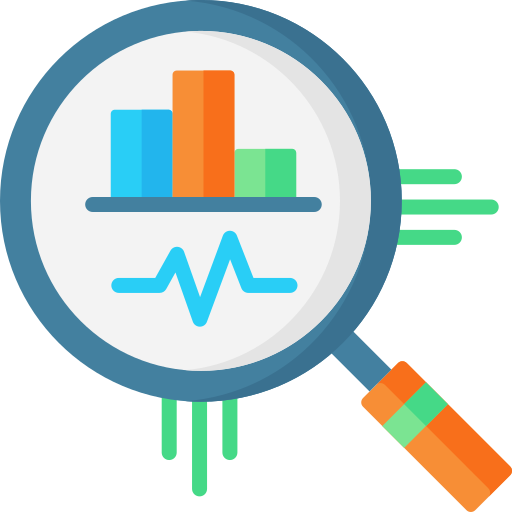
Data analysis is the process of collecting, modeling, and examining information using statistical and logical techniques and methodologies. Businesses use analytics processes and tools for strategic and operational decision-making.
Generally, data analysis can be divided into two broad categories: quantitative research and qualitative research.
Why does Data Analysis matter?
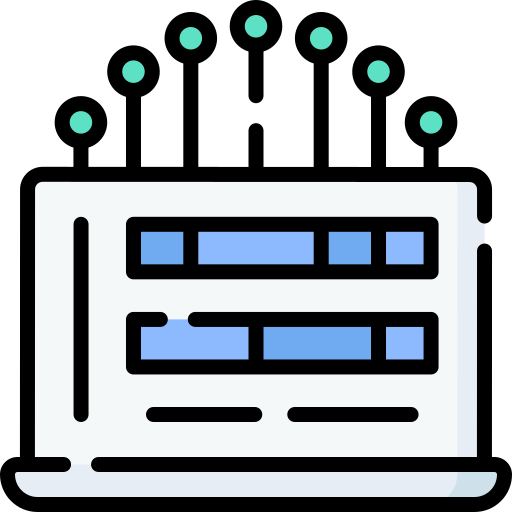
Businesses relying on data can make informed decisions based on facts rather than intuition.
Organizations can utilize this technique to reduce costs by identifying inefficiencies, trends, and patterns, which could inform more efficient strategies.
Companies can better target customers by understanding their demographics, interests, habits, and buying behaviors.
By using data analysis techniques, businesses can gain a competitive edge, enhance performance, and accelerate growth.
Types of Data Analysis Techniques

Data analysis techniques can generally be divided into 5 broad categories:
Descriptive Analysis
Exploratory Analysis
Diagnostic Analysis
Predictive Analysis
Prescriptive Analysis
Each category serves its own distinct purpose and requires unique methods for successful analysis.
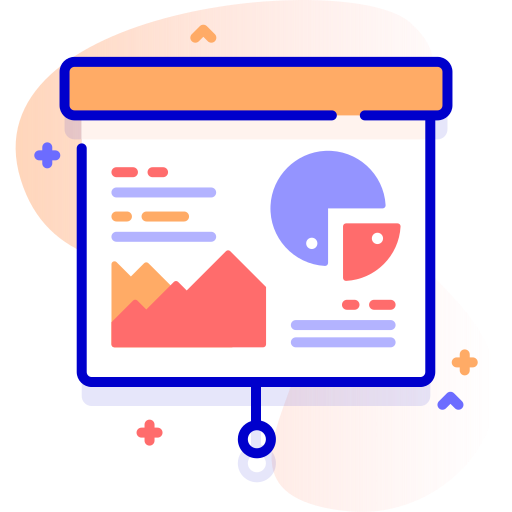
Descriptive Analysis
Descriptive analysis aims to summarize and describe the primary features of a dataset. It helps organize and present information in an understandable fashion, providing a basis for further examination.
Descriptive analysis techniques such as mean, median, mode, and standard deviation, as well as bar charts and histograms, may all be employed during its implementation.

Exploratory Analysis
Exploratory analysis is used to explore data and identify patterns, trends, and relationships among variables.
Exploratory analyses generate hypotheses and insights that can later be tested using other data analysis techniques — scatter plots, correlation analyses, or visualization tools.

Diagnostic Analysis
Diagnostic analysis aims to gain an understanding of why certain patterns, trends, or events take place, help identify their underlying causes, and create potential solutions.
Techniques used in the diagnostic analysis include regression analysis, factor analysis, and cluster analysis.

Predictive Analysis
Predictive analysis uses historical data to predict future events, trends, or outcomes and assists businesses with anticipating change, recognizing risks, and making proactive decisions.
Methods used include time series analysis, machine learning algorithms, and data mining.
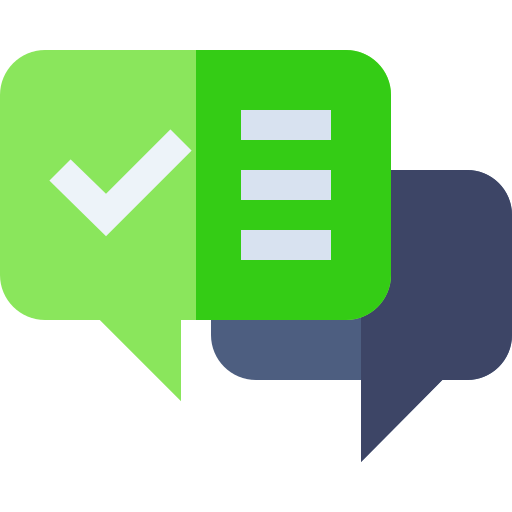
Prescriptive Analysis
Prescriptive analysis goes beyond simply forecasting future outcomes by providing recommendations to optimize business performance.
It helps organizations make smarter decisions by carefully considering all potential consequences of each alternative decision, using methods such as optimization algorithms, simulation modeling, and decision tree analysis.
Did you know?
Rumie is a nonprofit community dedicated to making innovative learning free for everyone.
Quantitative Data Analysis Techniques
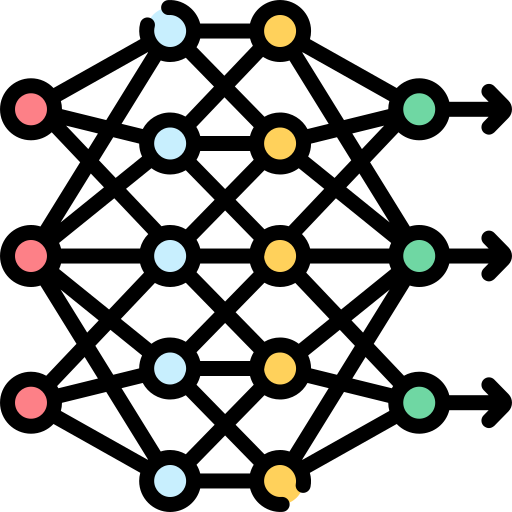
Quantitative data analysis techniques involve statistical, mathematical, or numerical evaluation of datasets in order to explain certain phenomena or make predictions.
Here are 6 popular quantitative data analysis techniques:
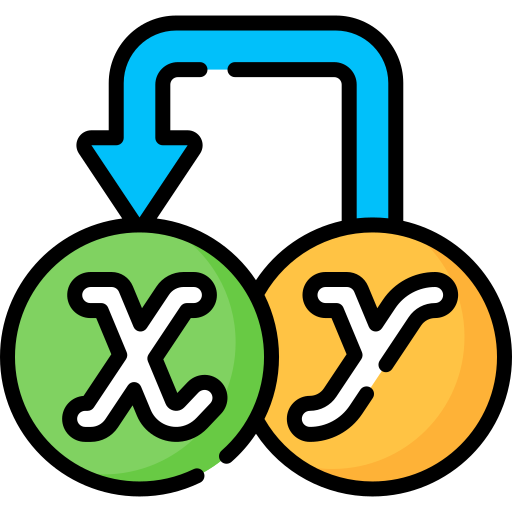
Regression Analysis
Regression analysis estimates the relationship between an outcome you want to measure or predict (the dependent variable) and one or more independent variables (factors that could impact it) by estimating their correlation.
It enables researchers to spot trends and patterns, providing useful forecasting capabilities.

Monte Carlo Simulation
Monte Carlo simulation is a computerized technique that generates models of potential outcomes and their probability distributions.
This approach allows us to calculate the effects of unpredictable variables on specific output variables, making Monte Carlo simulation an invaluable asset in risk analysis and decision-making processes.

Factor Analysis
A technique known as factor analysis helps reduce large numbers of variables to fewer, simpler ones. This allows researchers to more easily observe hidden patterns and examine concepts that cannot easily be measured or observed.
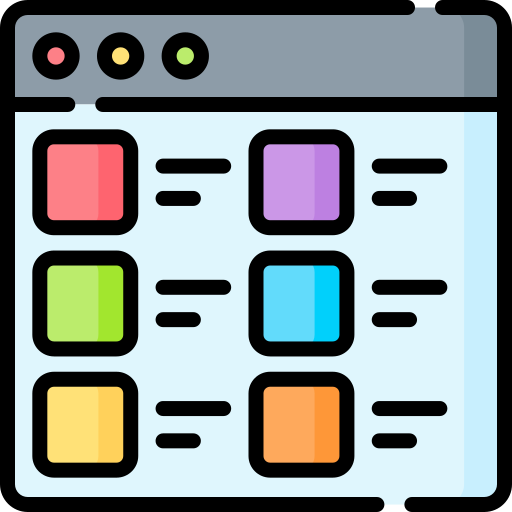
Cohort Analysis
Cohort analysis divides customers or users into groups and examines their behavior over time, helping companies detect patterns at various points along their customer journey and optimize service offerings and marketing strategies accordingly.

Time Series Analysis
Time series analysis is a statistical technique designed to detect trends and cycles over time. This technique is often utilized in stock market analysis, economic forecasting, and sales forecasting.
Analytic Techniques for Qualitative Data

Qualitative data analysis involves making sense of unstructured information such as written text, transcriptions of spoken conversations or images.
One powerful qualitative technique known as sentiment analysis translates and classifies emotions expressed within textual data to provide businesses with an in-depth look into customer sentiment regarding their brand, product, or service and ways they could make improvements accordingly.
Data Analysis Process
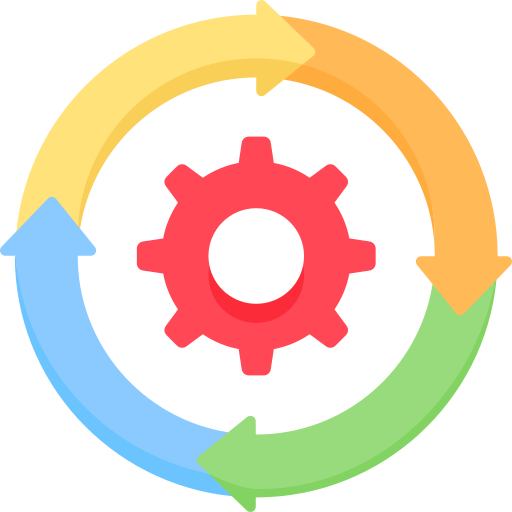
The Data Analysis Process consists of the following stages:
Defining the question: Establish the purpose and sources needed to address your question.
Collecting data: Establish a plan for collecting and compiling relevant information.
Cleaning data: For optimal quality data, eliminate errors, duplicates, and any unwanted points by identifying errors, duplicates, and unnecessary data points to improve the quality of data.
Analyzing the data: Apply appropriate data analysis techniques in order to gain meaningful insights from your data.
Visualizing and sharing findings: Use data visualization tools to present and share the findings from the analysis with key stakeholders.
Take Action

This Byte has been authored by
Bogdan Zinin
SEO Manager
BSc
This Byte has been reviewed by
Bogdan Zinin
BSc